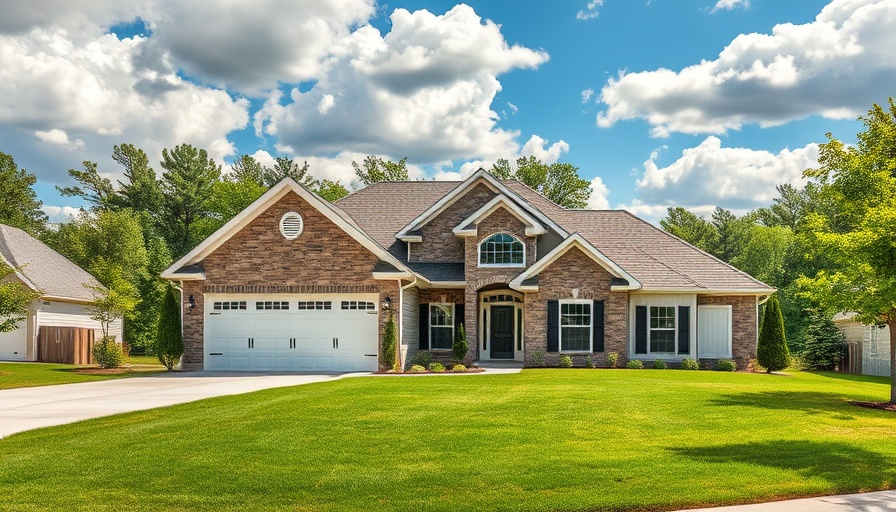
Understanding Down Payments: The Myths and Facts
For many aspiring homeowners, the idea of needing a 20% down payment is daunting, if not discouraging. This long-standing belief is based on traditional lending practices, but in today's market, it's a myth that can hinder potential buyers from entering the housing world. In reality, there are several options available that can alleviate the burden of large down payments.
Exploring Low-Down-Payment Options
You might be surprised to learn that various loan programs exist that allow buyers to put less than 20% down. Options like FHA, VA, and USDA loans offer pathways to homeownership with substantially lower—or even zero—down payments. This makes it feasible for more people to transition from renters to homeowners, accelerating the journey into property ownership.
The Implications of Private Mortgage Insurance (PMI)
One key point to consider when putting down less than 20% is the introduction of Private Mortgage Insurance (PMI). This additional cost protects lenders in case of default but varies in price, depending on the amount borrowed and the down payment. Luckily, PMI isn't a permanent requirement; homeowners can work towards removing it once they reach a certain equity percentage in their home.
Analyzing the Trade-offs: Is Less More?
Choosing to make a smaller down payment can open doors faster to property ownership. While it may involve some trade-offs—like monthly PMI payments—purchasing a home sooner can ultimately be financially beneficial. Buyers should weigh these factors carefully, reflecting on their long-term financial goals.
Why This Matters to You
As home improvement companies and small business owners, understanding these financing options can empower you to guide clients effectively. Providing well-rounded insights allows your customers to make informed decisions, while positioning your business as a trusted resource in the industry.
Whether you're a prospective buyer or a professional in the home improvement space, embracing the reality that a substantial down payment isn't always necessary can lead to new opportunities and growth.
 Add Row
Add Row  Add
Add 




Write A Comment